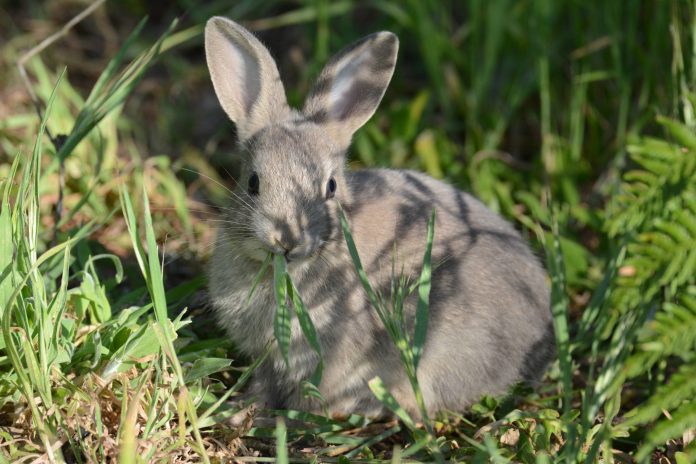By ALANA MITCHELSON
Local farms face another year of losses to rabbits after authorities pushed back the release date for a new control virus, according to a Bellarine Peninsula farmer.
Graeme Brown was disappointed to learn the national release would be delayed until spring or possibly autumn next year.
“The right time to release it is right now because of the conditions. There’s not much for the rabbits to eat, so they’ll be more likely to go for the bait,” the 67-year-old said.
“If it’s not released until spring I think it could be less successful.
“In the meantime rabbits are eating all our crops and ruining our soil. It’s costing us 10 per cent of our income, not to mention the money we’re paying toward short-term fixes for getting rid of them.
“In all my years of farming on the Bellarine, I have never seen rabbits as bad as they are this summer, especially in Marcus Hill and Curlewis. They’re becoming a real nuisance.”
Bellarine Landcare Group (BLG) was frustrated that the release of the calici virus strain would now miss the group’s Rabbit Action Bellarine campaign.
“We’d based our program around the virus release date. It would have really supported our efforts,” said BLG’s Emma Camilleri.
“I receive about six to seven rabbit inquiries a week. Our working group provides technical and practical advice as well as support in engaging with their neighbouring properties.
“The project is funded until June, with the hopes to secure further ongoing funding after this date.”
Once approved, the virus would be applied to carrots and oat baits to infect rabbits. Flies would spread the disease.
Latest figures show rabbits are costing Australian agriculture over $200 million a year.
Agriculture Department biosecurity manager for invasive animals John Matthews said the release was awaiting final approvals, consultation and further scientific advice.
“Victorian rabbit populations have dramatically increased this spring, especially in Victoria’s far west and coastal regions like the Bellarine,” he said.
“Reports from landowners indicate that populations have been exceedingly high this spring. One third of applications for free vials have come from Victorian landowners.
“By next autumn when the virus is released landowners will be better placed to react and support the release.”







